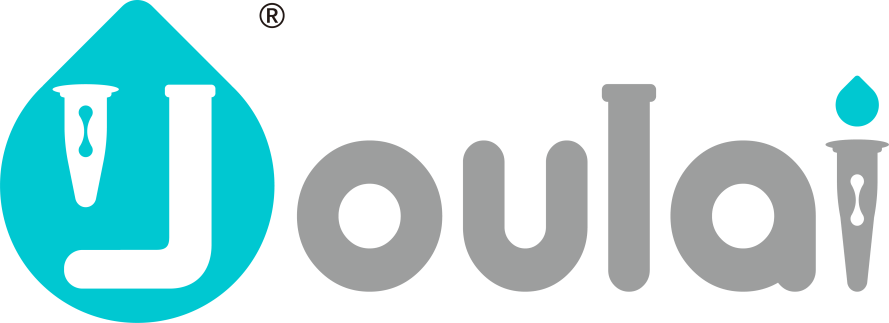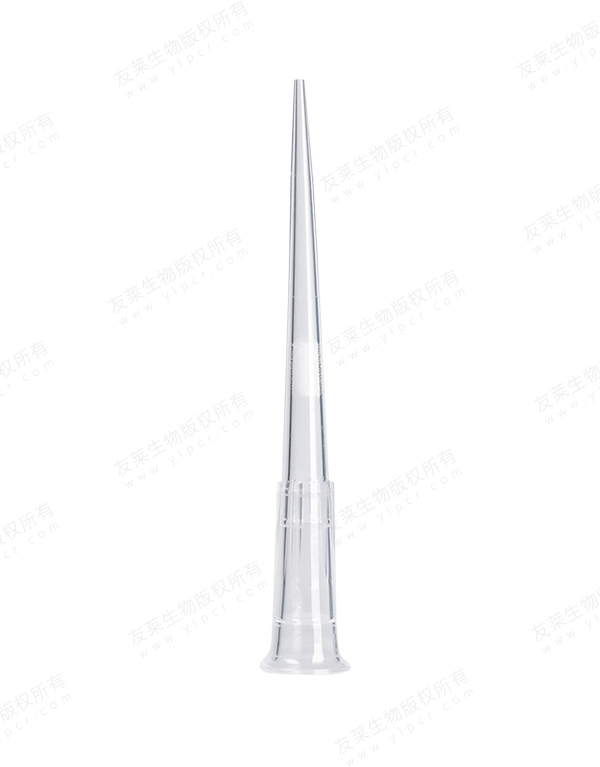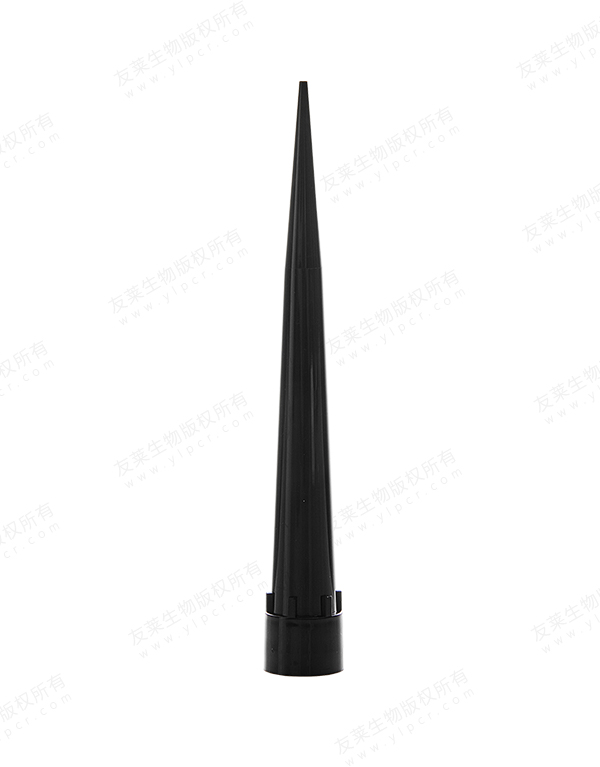When it comes to selecting pipette tips, careful consideration of various key features is paramount to ensure precision, compatibility, and optimal performance. Here are the essential aspects to contemplate when making your choice:
1. Compatibility: To begin, make certain that the chosen pipette tips are fully compatible with the specific brand and model of your pipette. Different pipettes may possess unique tip sizes and attachment mechanisms, necessitating a perfect fit to ensure reliable and consistent pipetting.
2. Volume Range: Assess the volume range that the pipette tips can effectively handle. It is imperative that the tips align with the volume range you commonly work with. This alignment guarantees accurate and precise pipetting for your applications.
3. Material: Pipette tips are predominantly crafted from materials such as polypropylene or polyethylene. Carefully consider the material's chemical compatibility with the samples or reagents you will be handling. Some materials exhibit heightened resistance to specific chemicals or solvents, an essential consideration for chemical compatibility.
4. Sterility: The necessity for sterile pipette tips depends on your application. Ensure that the tips are certified as sterile if your work involves sensitive samples or cell culture procedures. Sterile pipette tips prevent unwanted contamination and safeguard sample integrity.
5. Filtered or Non-Filtered: Pipette tips may come equipped with built-in filters, serving to prevent aerosol contamination or protect the pipette from sample carryover. Your choice between filtered or non-filtered tips should align with your application's specific requirements.
6. Graduations or Markings: Some pipette tips are thoughtfully designed with graduations or markings along the side. These markings enable visual confirmation of the pipetted volume, which is particularly advantageous for precise pipetting or when dealing with minute volumes. This feature adds an extra layer of confidence to your pipetting precision.
7. Low Retention: Pipette tips with low retention properties are highly sought after. They facilitate minimal sample loss and ensure accurate and efficient pipetting. This is achieved by reducing liquid adhesion to the inner walls of the tip, permitting superior sample recovery and minimizing waste.
8. Packaging: Lastly, factor in the packaging format of the pipette tips. These tips can be acquired in various packaging configurations, such as bulk packaging, individual wrappings, or racks. Your choice should align with your workflow and ensure the preservation of tip integrity and cleanliness.

 English
English русский
русский 中文简体
中文简体

水印.jpg)
水印.jpg)

